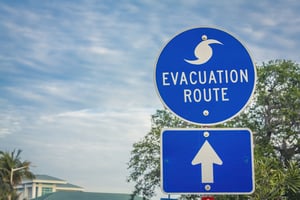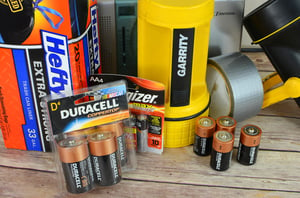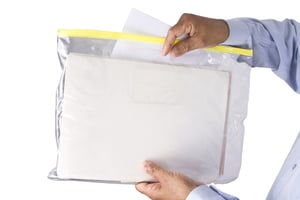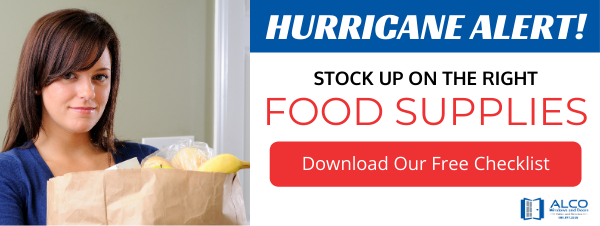Hurricane season is here, and while NOAA's Climate Prediction Center anticipates it to be a near-normal season, taking a moment and making sure you're properly prepared is always a good idea. Hurricanes can shift, and within 36 hours you might go from being safe and out of the storm's path to being in direct line with a Category 4 storm.
If your family has not already set up a safety plan for hurricanes, then now is a good time to hold a family meeting and get down to the business of preparing for an emergency. If you have children, talk to them about their fears and expectations of a hurricane. Ask them to write down their must-have items in the event of an evacuation and make them a part of your hurricane safety planning efforts. Such a family meeting is a great place to start!
Not sure where to begin? Consider the following five important family hurricane plan steps:
- A Florida Homeowner's Guide to Hurricane Safety
- Does Your Home Have Strong Hurricane Protection? Take Our Quiz!
1. Know Your Risk Level & Establish a Proper Evacuation Route
 While high winds can have devastating impacts on a building, this isn't the only worry to have if you find yourself in a hurricane cone. Flooding is a common and devastating occurrence before, during, and after a hurricane.
While high winds can have devastating impacts on a building, this isn't the only worry to have if you find yourself in a hurricane cone. Flooding is a common and devastating occurrence before, during, and after a hurricane.
Check FEMA's map service center to view the flood risk for your neighborhood. If you are in a flood zone, then now is the time to contact the local American Red Cross to find the closest shelter. Take the time to prepare alternate evacuation routes as well to get your family onto high ground.
2. Have a Family Communications Plan
 It's important for your immediate and extended family to know how to contact each other in the event of a hurricane. Have a plan for what to do if contact isn't possible.
It's important for your immediate and extended family to know how to contact each other in the event of a hurricane. Have a plan for what to do if contact isn't possible.
A safe step to include would be designating a specific family member outside the hurricane area who can help relay information in the event of a communications breakdown.
3. Gather Together Non-Perishable Emergency Supplies
 If you plan on staying home throughout the storm or if your evacuation plan will require you to be on the road for several days, then your next step should be to make a list and gather non-perishable emergency supplies in one place.
If you plan on staying home throughout the storm or if your evacuation plan will require you to be on the road for several days, then your next step should be to make a list and gather non-perishable emergency supplies in one place.
This will help you and your family stay comfortable and well-fed during an extensive blackout or time away from kitchen amenities. Some items to include:
-
- Extra batteries and flashlights.
- 3 day supply of water for the whole family (pets included).
- Non-prescription drugs like aspirin, Benadryl, and cough syrup.
- A full tank of gas in every vehicle and a few emergency gallons in the garage.
4. Gather & Safeguard Important Financial Documents
 Purchase a waterproof and lockable storage box in which you can keep your important documents like family birth certificates, financial accounts information, insurance policies, and health and medical insurance documentation.
Purchase a waterproof and lockable storage box in which you can keep your important documents like family birth certificates, financial accounts information, insurance policies, and health and medical insurance documentation.
If your home ends up being flooded or otherwise harmed during a hurricane, then you will need these documents easily accessible.
5. Assess Your Home's Vulnerable Spots
 The high winds of a hurricane can quickly turn beautiful landscaping materials into dangerous projectiles. If you're in a hurricane warning area, take a few hours to walk around your home to assess and remedy any vulnerable spots.
The high winds of a hurricane can quickly turn beautiful landscaping materials into dangerous projectiles. If you're in a hurricane warning area, take a few hours to walk around your home to assess and remedy any vulnerable spots.
This includes cutting weak branches, anchoring down any trailers, and storing any unsecured furnishings and toys.
Want to Go Further to Protect Your Home? Consider Impact Windows and Doors!

For a more permanent solution for protecting your home, consider the advantages of installing hurricane-resistant impact windows and doors.
Learn more by contacting our experienced team at ALCO Windows and Doors or visit our website to learn more.





 License # CGC1526312
License # CGC1526312
Leave a Reply